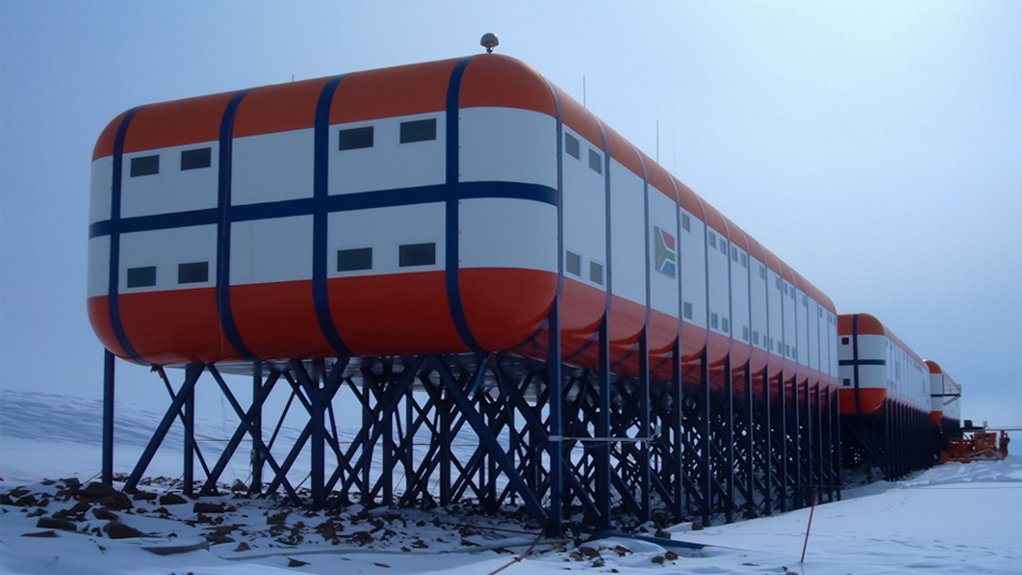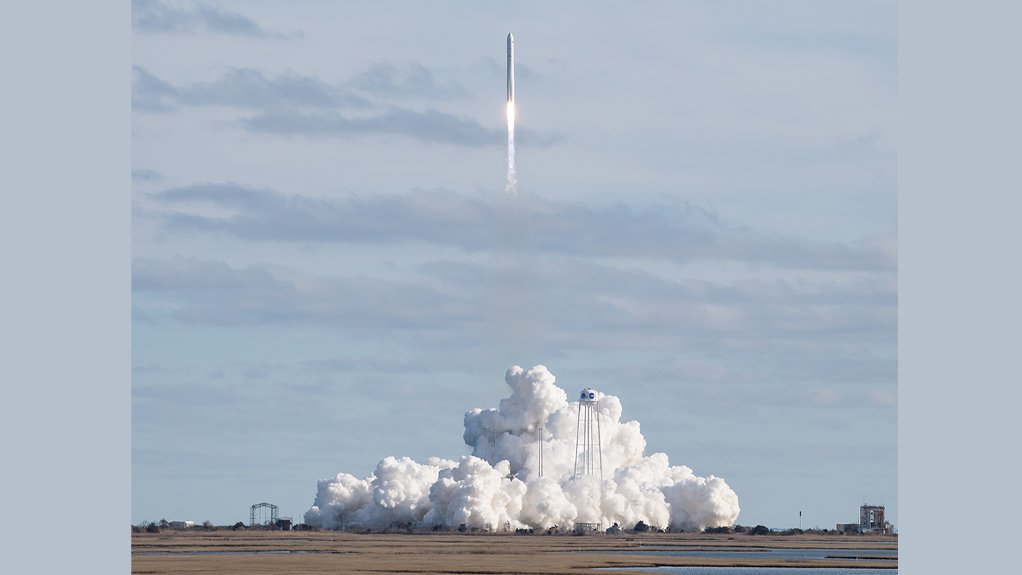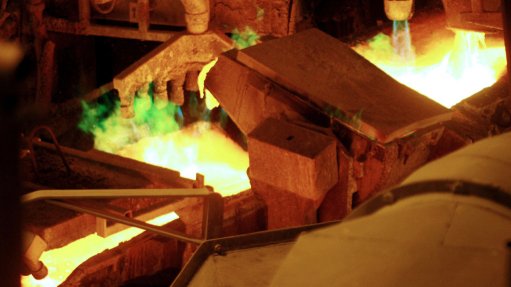South Africa-born XinaBox chips in sub-zero Antartica, space
From collecting data in sub-zero Antarctica to rapid circuit prototyping on the International Space Station (ISS), South African modular “xChip” manufacturer XinaBox, pronounced "X-in-a-box", claims to be reinventing the way in which the Internet of Things (IoT) is approached while inspiring students to follow science, technology, engineering and mathematics (STEM) careers.
xChips are a modularised set of computer chips that can be used to make a weather station, satellite or even monitoring statistics and telemetry data of a rocket.
The components are plug-and-play and can be reused for different applications in the rapid development and prototyping of products as well as STEM-type experiments at a school and university level.
Since mid-February this year, an XinaBox environmental monitoring rig, made from the company’s XK01 kit was placed outside the South African Antarctic research base SANEA IV - monitoring and reporting live data to an IoT platform.
“This research station is located over 4 000 km south of Cape Town in Vesleskarvet, which is about 160 km from the edge of the ice shelf. The South African National Space Agency (Sansa) and South African National Antarctic Programme use the base for research in the fields of oceanography, biology, geology, geomorphology and renewable energy.”
Supported by Sansa, the XinaBox environmental monitoring rig aims to engage school children from South Africa and globally, by giving them a chance to be a part of this mission and contribute to the science undertaken at the base station.
Also in February, XinaBox partnered with US-based organisation Quest for Space to launch experiments at the ISS using its XK92 xChips – the company’s latest kit developed for the ISS mission.
The kit was on board the unmanned Northrop Grumman rocket for the NG-13 mission launched from National Aeronautics and Space Administration’s Wallops Flight Facility, in Wallops Island, Virginia, US.
While onboard the ISS, the XinaBox payload will collect data, such as pressure, temperature, humidity, g-force and acceleration, which will be stored on an SD card to be assessed once the experiments return to Earth.
The range of xChip modules from XinaBox encompasses processor boards, cores, sensors, power, communication, output, control and storage devices, as well as various supporting functions, including Bluetooth and WiFi, organic light-emitting-diode displays, capacitive touch sensing, proximity sensing, temperature sensing, humidity sensing, universal digital and analogue input modules, with more being added on an ongoing basis.
XinaBox co-founder Judi Sandrock says XinaBox was developed to be used in schools and maker spaces so that users could build electronics without soldering, breadboarding or using any consumables.
“The xChips are affordable, re-usable and robust enough to build satellites for launch into space. XinaBox has changed STEM education dramatically by ensuring that students and makers can get straight into IoT and software development without any electronic knowledge or lab equipment.”
The xChip concept makes numerous electronic functions available in a standardised modular format that can be assembled, in any order, to build electronic devices quickly and easily. xChips work in all popular programming environments and allow for seamless integration with single board computers, embedded systems and other hardware programming environments.
XinaBox kits are in use at schools in the US and South Africa.
The History
In 2008, Bjarke Gotfredsen and Sandrock founded South African non-profit development organisation Meta Economic Development Organisation (MEDO) to implement bespoke entrepreneurship and secondary level STEM education programmes.
The pair’s initial target was to leverage space science to motivate students in high schools across South Africa to pursue STEM careers.
MEDO started to experiment with modularising computer chips which could be connected without soldering components together to improve safety for the students while fast-tracking the process to complete experiments.
Following its success, the organisation developed various xChips modules sold under the trading name of XinaBox, which was formally established in 2015 by Gotfredsen, Sandrock and Daniel Berman.
In 2017, the chips caught the attention of global electronic components supplier RS Components sub-Saharan Africa MD Brian Andrew, who facilitated a meeting with the company’s global team. After being reviewed, the range was approved for release in 2018 and is sold worldwide through the RS websites.
With its home base in South Africa, the company is registered in Ireland and the US for patent and distribution purposes.
Article Enquiry
Email Article
Save Article
Feedback
To advertise email advertising@creamermedia.co.za or click here
Announcements
What's On
Subscribe to improve your user experience...
Option 1 (equivalent of R125 a month):
Receive a weekly copy of Creamer Media's Engineering News & Mining Weekly magazine
(print copy for those in South Africa and e-magazine for those outside of South Africa)
Receive daily email newsletters
Access to full search results
Access archive of magazine back copies
Access to Projects in Progress
Access to ONE Research Report of your choice in PDF format
Option 2 (equivalent of R375 a month):
All benefits from Option 1
PLUS
Access to Creamer Media's Research Channel Africa for ALL Research Reports, in PDF format, on various industrial and mining sectors
including Electricity; Water; Energy Transition; Hydrogen; Roads, Rail and Ports; Coal; Gold; Platinum; Battery Metals; etc.
Already a subscriber?
Forgotten your password?
Receive weekly copy of Creamer Media's Engineering News & Mining Weekly magazine (print copy for those in South Africa and e-magazine for those outside of South Africa)
➕
Recieve daily email newsletters
➕
Access to full search results
➕
Access archive of magazine back copies
➕
Access to Projects in Progress
➕
Access to ONE Research Report of your choice in PDF format
RESEARCH CHANNEL AFRICA
R4500 (equivalent of R375 a month)
SUBSCRIBEAll benefits from Option 1
➕
Access to Creamer Media's Research Channel Africa for ALL Research Reports on various industrial and mining sectors, in PDF format, including on:
Electricity
➕
Water
➕
Energy Transition
➕
Hydrogen
➕
Roads, Rail and Ports
➕
Coal
➕
Gold
➕
Platinum
➕
Battery Metals
➕
etc.
Receive all benefits from Option 1 or Option 2 delivered to numerous people at your company
➕
Multiple User names and Passwords for simultaneous log-ins
➕
Intranet integration access to all in your organisation





















